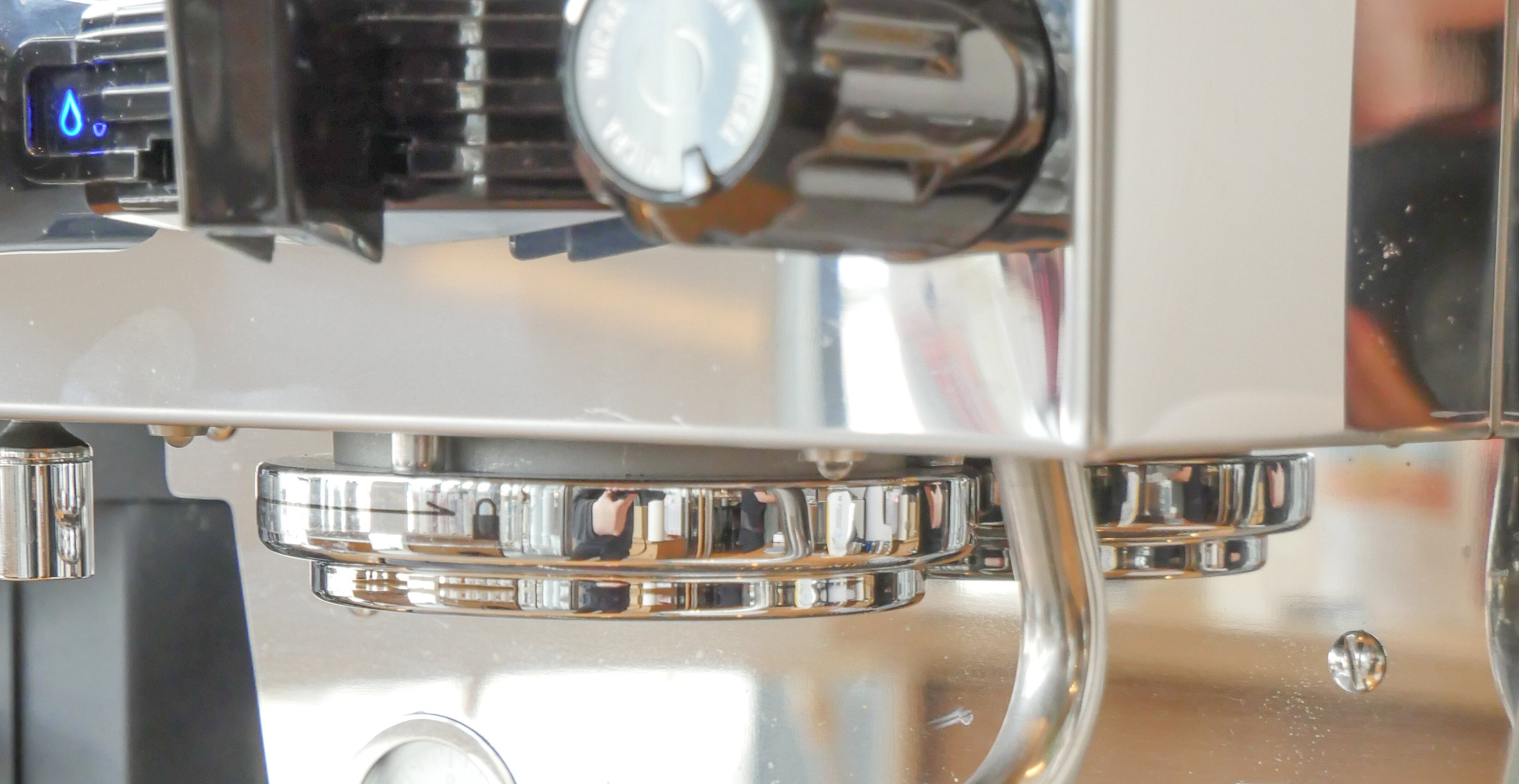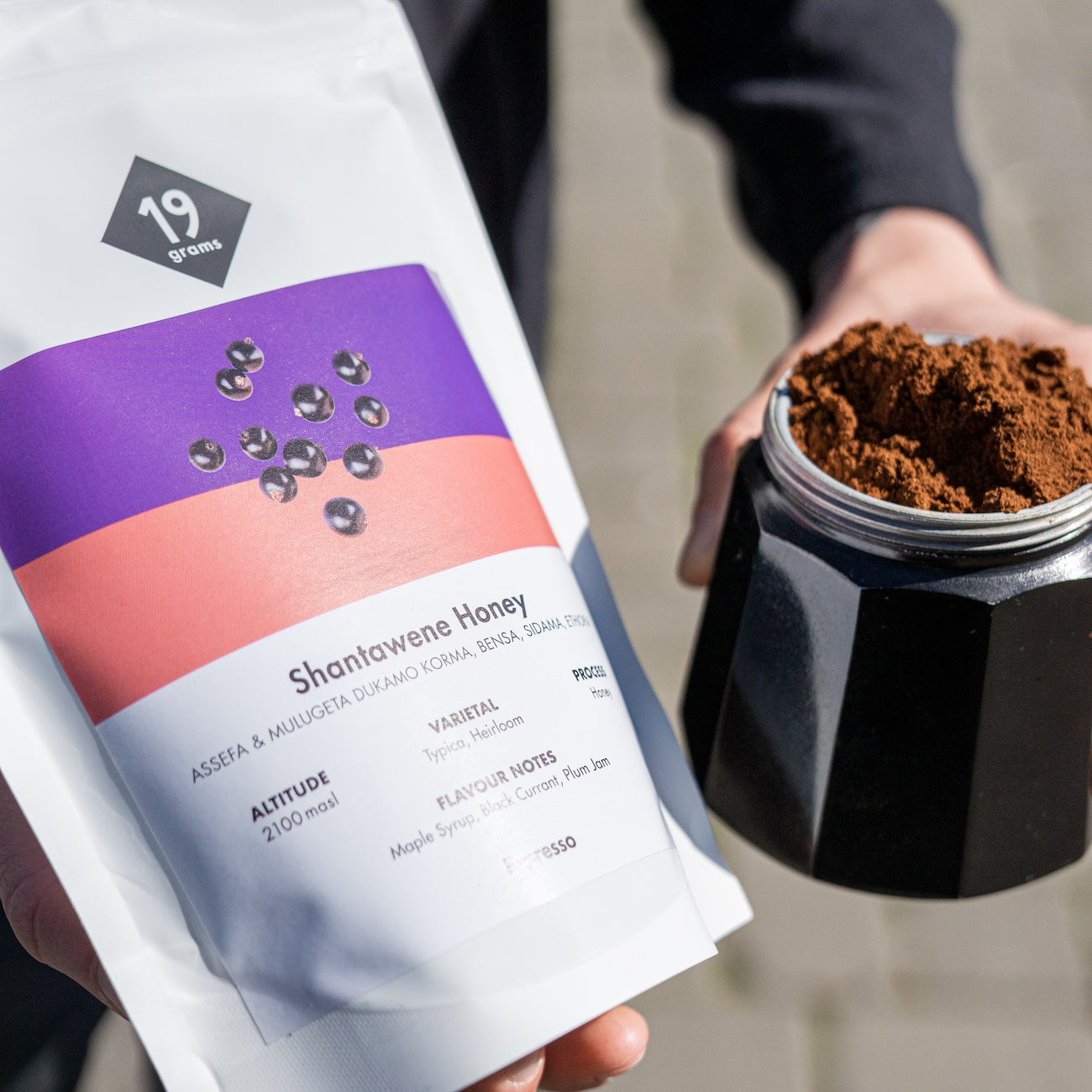When it comes to coffee machines, one essential component plays a crucial role in the coffee brewing process: the brew group. Whether made primarily of plastic or metal, depending on the manufacturer and model, the brew group is where the magic of coffee brewing happens. In this blog post, we dive into the world of brew groups, exploring their importance, the need for regular cleaning and how they work in coffee machines.
The brew group is the component of a coffee machine where the brewing process takes place. Especially in espresso machines, it is considered the heart of the coffee machine. Depending on the design and model, the brew group can be removable and made of materials such as plastic or metal. The first removable brew group was launched in 1985 by the Saeco company and revolutionised the maintenance of coffee machines.
As fine coffee grounds and oil residues build up in the brew group, regular cleaning is essential. Failure to clean can lead to taste and mechanical problems and, in the worst case, even to mould growth, which poses health risks. It is recommended to clean the brew group with lukewarm water at least once a week. Before reinserting, the brew group should be dried thoroughly. For heavily used coffee machines, it is advisable to clean the brew group in this way every day. If the brew group is very dirty, it can also be soaked in lukewarm water with a little washing-up liquid. Cleaning in the dishwasher should never be done. For machines with a permanently installed brew group, regular cleaning with a special cleaning agent is recommended.
The brew group is the transition between the boiler and the ground coffee in a coffee machine. It usually consists of a riser pipe in the boiler, a solenoid valve and a brew head with shower. Brew groups are generally differentiated according to how they generate the required pressure, also called brewing pressure. Most coffee machines use a central pump for this. Simple machines often use a vibration pump. However, there are also lever machines where a spring-actuated piston pushes the brewing water through the coffee grounds. In a hydraulic brew group, a cylinder is responsible for generating the required line pressure for brewing.






